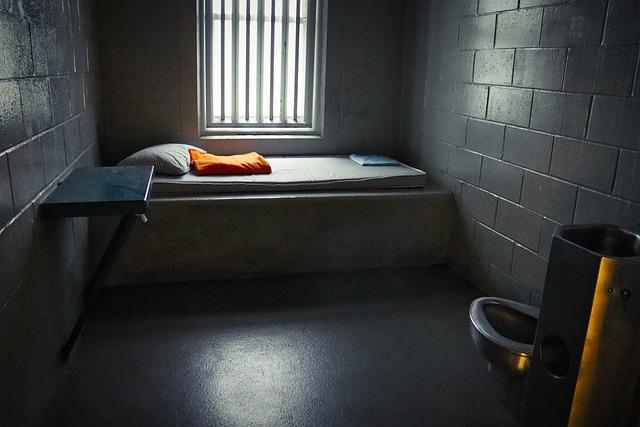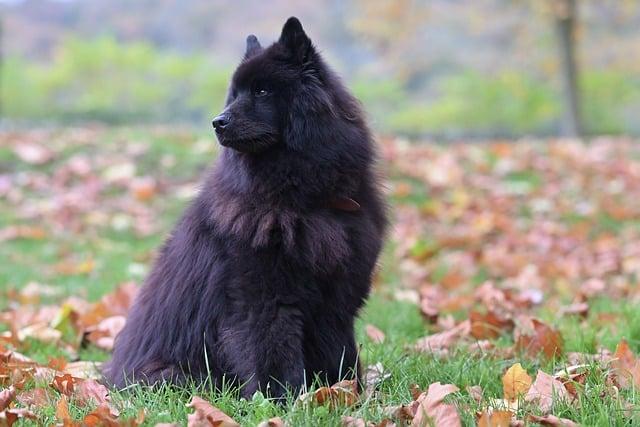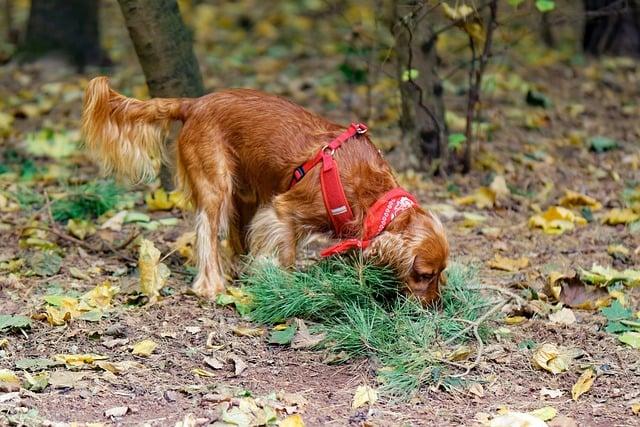When Max, a spirited golden retriever, growled at his owner during playtime, Sarah felt a surge of frustration. Instead of reacting with anger, she paused and considered the situation. Understanding that growling is a dog’s way of communicating discomfort or fear, she chose a different approach. Sarah calmly redirected Max’s attention with a toy, reinforcing positive behavior. This not only strengthened their bond but also taught Max that growling wouldn’t lead to punishment, but rather understanding. Remember, effective training is about communication, not fear.
Contents
- Understanding the Root Causes of Growling Behavior in Dogs
- Effective Communication Techniques to Address Growling
- Positive Reinforcement Strategies for Modifying Aggressive Responses
- Creating a Safe and Trusting Environment for Your Dog
- Q&A
Understanding the Root Causes of Growling Behavior in Dogs
Growling is often misunderstood as a sign of aggression, but it can be a dog’s way of communicating discomfort, fear, or anxiety. Recognizing the underlying reasons for this behavior is crucial for addressing it effectively. Dogs may growl when they feel threatened, are protecting their territory, or are in pain. Understanding these triggers can help you respond appropriately rather than resorting to punishment, which can exacerbate the issue.
One common cause of growling is fear. If a dog perceives a situation or person as a threat, they may growl as a warning. This behavior is particularly prevalent in rescue dogs or those with a history of trauma. In such cases, it’s essential to create a safe environment and build trust through positive reinforcement rather than punishment. This approach not only helps the dog feel secure but also fosters a stronger bond between you and your pet.
Another factor to consider is resource guarding, where a dog growls to protect food, toys, or even their owner. This instinctual behavior stems from their ancestral need to safeguard valuable resources. Instead of punishing the growl, which can lead to increased anxiety and aggression, focus on teaching your dog that sharing can be rewarding. Use treats and praise to encourage them to relinquish items willingly, thereby reducing the likelihood of growling in the future.
Lastly, pain or discomfort can trigger growling. If your dog suddenly starts growling without any apparent reason, it may be a sign of an underlying health issue. A visit to the veterinarian can help rule out any medical problems. Addressing the root cause of the growling behavior, whether it’s fear, resource guarding, or pain, is essential for creating a harmonious relationship with your dog. By understanding and addressing these issues, you can effectively manage growling behavior without resorting to punishment.
Effective Communication Techniques to Address Growling
When addressing growling in dogs, it’s crucial to understand that this behavior is often a form of communication rather than an outright aggression. To effectively manage this situation, consider employing techniques that foster understanding and trust between you and your pet. **Active listening** is essential; pay attention to the context in which your dog growls. This can provide insights into their feelings and help you respond appropriately.
Utilizing **positive reinforcement** can be a powerful tool in modifying your dog’s behavior. Instead of focusing solely on punishment, reward your dog for calm behavior in situations that typically trigger growling. For example, if your dog growls when approached while eating, gradually desensitize them by rewarding them for remaining calm as you approach their food bowl. This method encourages your dog to associate your presence with positive experiences rather than fear or anxiety.
Another effective strategy is to implement **desensitization techniques**. Gradually expose your dog to the situations that cause them to growl, starting from a distance where they feel safe. As they become more comfortable, slowly decrease the distance while continuing to reward calm behavior. This process helps your dog learn that they can trust you in situations that previously caused them distress, reducing the likelihood of growling in the future.
Lastly, consider seeking the guidance of a **professional dog trainer or behaviorist**. These experts can provide tailored strategies and support to address growling effectively. They can help you understand the underlying causes of your dog’s behavior and teach you how to communicate more effectively with your pet. Remember, the goal is to create a harmonious relationship based on trust and understanding, rather than fear and punishment.
Positive Reinforcement Strategies for Modifying Aggressive Responses
When addressing aggressive behaviors in dogs, particularly growling, it’s essential to focus on strategies that promote positive change rather than punishment. Utilizing positive reinforcement can effectively modify these responses, fostering a more harmonious relationship between you and your pet. By rewarding desirable behaviors, you can encourage your dog to respond more calmly in situations that previously triggered aggression.
One effective approach is to identify the specific triggers that lead to growling. Once you recognize these situations, you can create a controlled environment where your dog feels safe. For instance, if your dog growls when approached while eating, consider implementing a routine where they receive treats for calm behavior during mealtime. This not only diverts their focus from the perceived threat but also reinforces the idea that good things happen when they remain relaxed.
Another strategy involves gradually desensitizing your dog to the stimuli that provoke growling. Start by exposing your dog to the trigger at a distance where they feel comfortable. Use **high-value treats** to reward them for remaining calm. Over time, you can decrease the distance, continuing to reward calm behavior. This method helps your dog associate the previously threatening situation with positive experiences, reducing their aggressive responses.
Consistency is key in any training regimen. Ensure that all family members are on the same page regarding the reinforcement techniques being used. By maintaining a unified approach, you can create a stable environment where your dog learns to trust and feel secure. Remember, the goal is to replace aggressive responses with positive ones, ultimately leading to a more peaceful coexistence.
Creating a Safe and Trusting Environment for Your Dog
Establishing a safe and trusting environment for your dog is crucial in addressing behavioral issues like growling. Dogs growl as a form of communication, often indicating discomfort, fear, or a need for space. Instead of resorting to punishment, focus on creating a positive atmosphere where your dog feels secure. This can be achieved by ensuring that your dog has a designated space in your home where they can retreat and relax without feeling threatened.
**Positive reinforcement** is a powerful tool in building trust. Reward your dog for calm behavior and for responding positively to your commands. This not only encourages good behavior but also strengthens the bond between you and your pet. Use treats, praise, or playtime as incentives to reinforce the behaviors you want to see. Over time, your dog will learn that being calm and relaxed around you is rewarding.
Additionally, understanding your dog’s body language is essential. Pay attention to signs of stress or discomfort, such as tucked tails, flattened ears, or avoidance behaviors. By recognizing these signals, you can intervene before a growl occurs, helping your dog feel more at ease. Creating a predictable routine can also contribute to a sense of security, as dogs thrive on consistency and knowing what to expect from their environment.
Lastly, consider seeking professional help if growling persists. A certified dog trainer or behaviorist can provide tailored strategies to address the underlying issues causing the growling. They can guide you in implementing effective training techniques that promote a trusting relationship between you and your dog. Remember, the goal is to foster an environment where your dog feels safe to express themselves without fear of punishment.
Q&A
-
Is it effective to punish a dog for growling?
Punishing a dog for growling can be counterproductive. Growling is a form of communication that indicates discomfort or fear. Instead of punishment, focus on understanding the root cause of the growling and addressing it positively.
-
What should I do instead of punishment?
Instead of punishment, consider using positive reinforcement techniques. Reward your dog for calm behavior and gradually desensitize them to the situations that trigger growling. This approach fosters trust and encourages better behavior.
-
How can I prevent growling in the future?
Prevention is key. Ensure your dog feels safe and secure in their environment. Socialize your dog with various people and situations, and provide consistent training to build their confidence. This will help reduce the likelihood of growling.
-
When should I seek professional help?
If your dog’s growling escalates or is accompanied by aggressive behavior, it’s crucial to seek help from a professional dog trainer or behaviorist. They can provide tailored strategies to address the issue safely and effectively.
addressing a dog’s growling requires understanding and patience rather than punishment. By fostering positive communication and reinforcing good behavior, you can build a trusting relationship with your dog, ensuring a harmonious coexistence.




